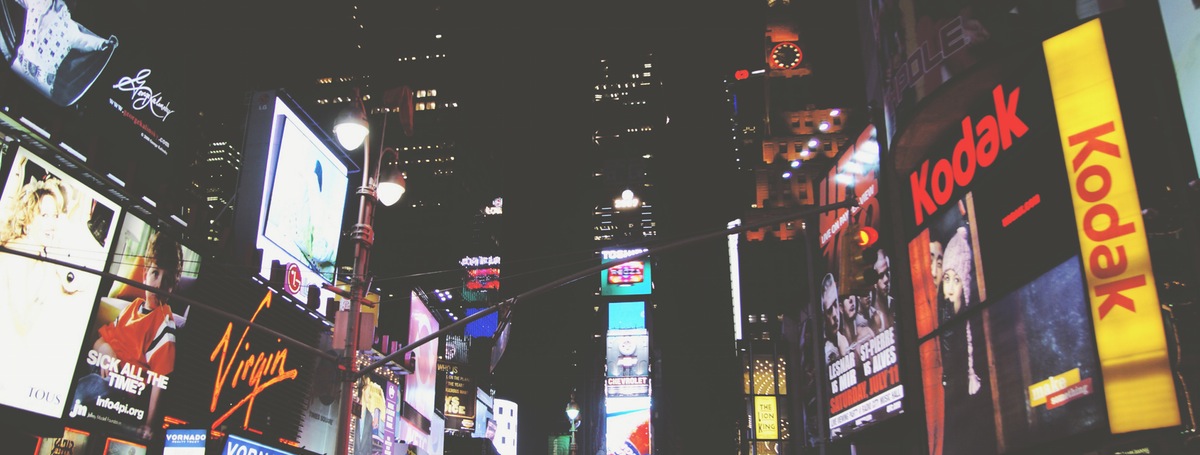Millennials, they are coming.
One of the few rules that marketing follows is the maxim of segment the market into groups of consumers with homogeneous behavior, limiting subsets of the population, the new one is the millennials.
Income, education, geographic origin, etc. These are some of the things that make the differences between the different market niches. But the most important guideline, without a doubt, is the one related to the birthdate. Each generation is marked by the years in which it is born.
Currently, there are active consumers of four different generations:
- Baby Boom (those born in the decades after World War II).
- Wave (those from 70 to 80).
- Generation Y (Millennials) (80-90).
- Generation Z (from 1995 onwards).
We cannot forget, for example, that even the most digitalized individuals of the first two generations have a double personality when it comes to consuming, analog 1.0 and digital 2.0. Both generations have certain similarities between them, but they are different. Meanwhile, the last two generations are made up of digital natives.
Examples
- During the 60s and early 70s, coffee companies had to make a great effort to fight against the aging of their consumers, since the youngest people associated coffee with adults or parents. because of the golden age of sugary soft drinks.
- During the 90s the toy giant Lego was about to disappear. Changes in generational habits gave way to video games and the Internet and only thanks to a hodgepodge of marketing and gamification (Lego Ideas) saved the company from disappearance.
- Facebook is getting older due to the time it has been in operation and because its active users are increasingly adults and young people migrate to other platforms where they feel more comfortable, such as snapchat (2016), which, in turn, will also eventually suffer the stage of saturation and "graying" that its predecessor is now experiencing.
Concepts
- In each generation the age at which consumption begins has progressively fallen. The emergence of the smartphone in 2007 It has generated a spectacular rejuvenation, with consumption patterns reaching 8 or 9 years (about five years earlier than a decade ago). Hence the existence of YouTube Kids.
- The economic strength that comes with having constant income from a pension (in general terms), together with the increasing quality of life, prolongs the age of the consumer, as long as your cognitive capacity remains, between a decade and 3 decades.
- Even if it is an eternal product/cultural meme (bread, car, house, clothes) the generational MK must adapt/tune itself for each group.
- MK alone is not effective, it must be accompanied by a change in some of these elements: corporate mentality, technological advancement, etc.
- The revival allows you to make a 2×1. The same product can be bought by new generations who are attracted to vintage and by those who lived it and are settled in nostalgia. The revival is one of MK's great friends.
- Outstanding: The generational MK is fueled by studying and analyzing the past experiences of the groups, as basic as:
- Fears.
- Traumas.
- Psychological needs.
- Cultural vortices and idols.
- etc
In short, good marketing takes into consideration this battery or timeline of memories and feelings, but he/she who wants to destroy must invent them or anticipate them.
If you want to expand your knowledge, complete the FORM and we will send you a White Paper with more information.


